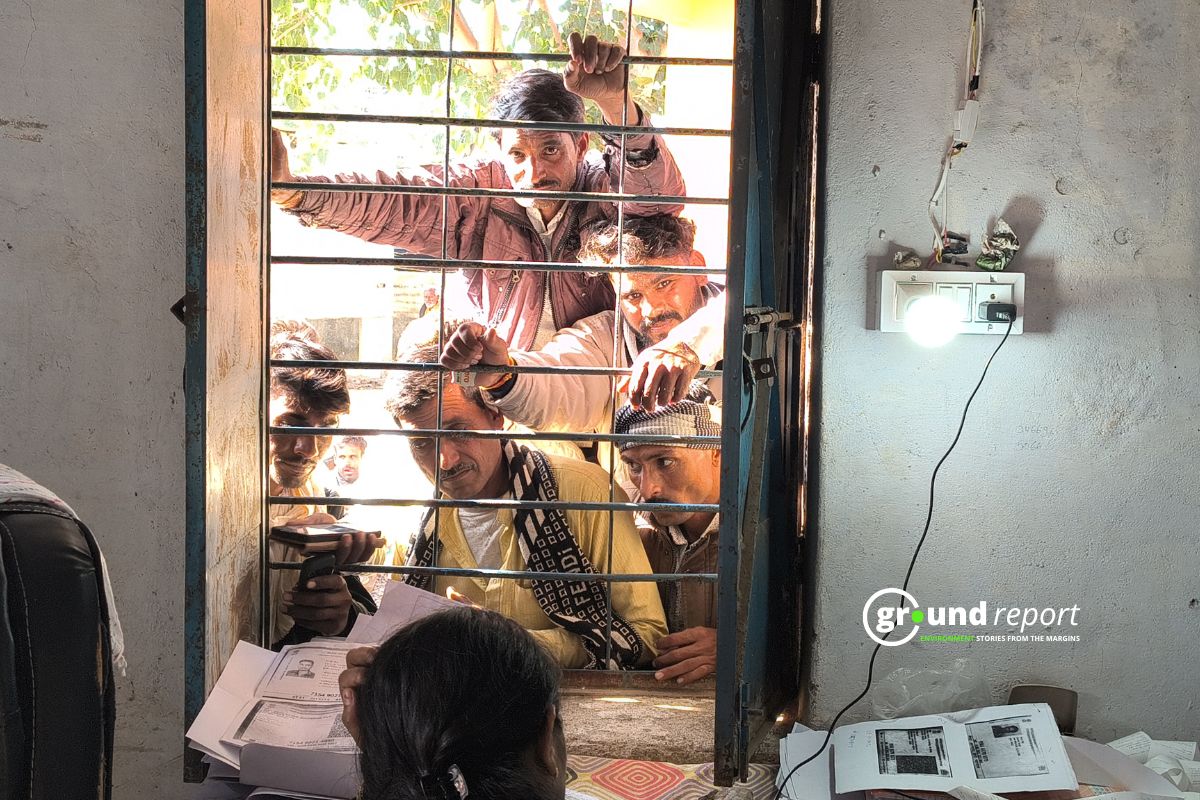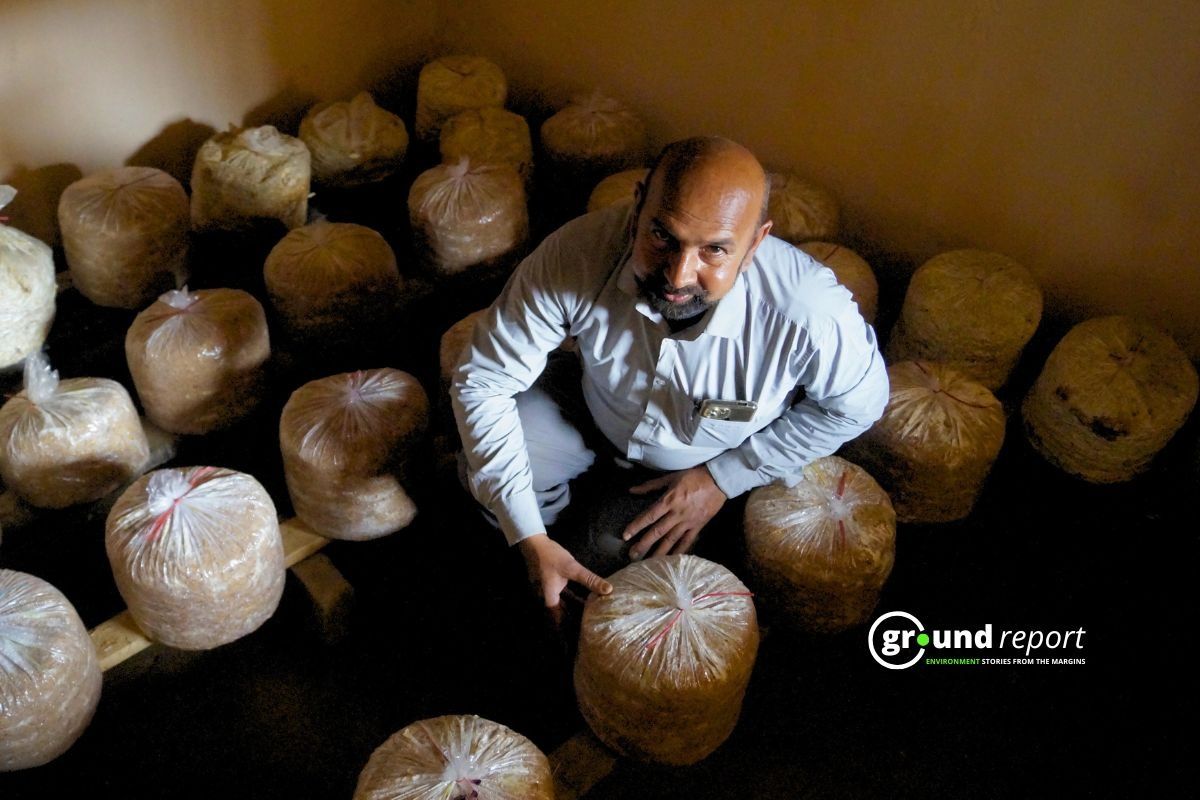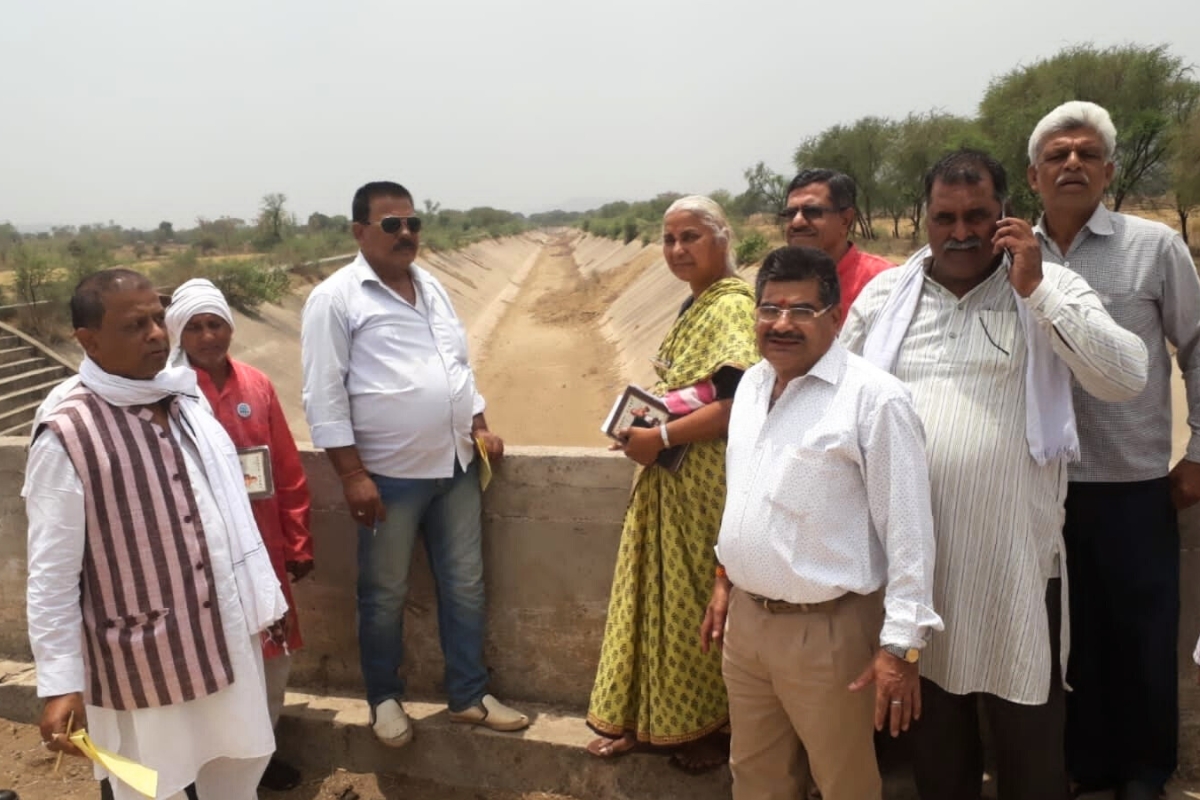Only 1 in 4 Indian households has access to an air conditioner or air cooler. That’s what data from the National Family Health Survey (2019–2021) reveals. Across India, more households are turning to air conditioners and coolers to beat the rising heat.
According to the National Family Health Survey (NFHS)-5 data, just 24 percent of Indian households own an air conditioner or air cooler. The gap between urban and rural areas is sharp—40 percent of urban households own a cooling device compared to just 15 percent of rural ones.
Despite lower percentages, rural India has over 200 million households, more than twice the number in urban areas. This means cooling is more evenly distributed than the surface data suggests.
Haryana reports the highest ownership at 77.9%, followed by Chandigarh at 75% and Rajasthan at 74.3%. Delhi also shows high adoption, with 61.8% of households using some form of cooling appliance. These numbers reflect strong demand in regions with extreme summer temperatures and better income levels.
In contrast, northeastern and hill states report much lower figures. Meghalaya stands at just 0.7%, while Tripura and Manipur record 1.3% each. Other low-ownership states include Assam at 1.7%, Sikkim at 2%, and Nagaland at 2.2%. Himachal Pradesh reports zero usage.
States like Bihar (5.7%), Jharkhand (12.4%), and Odisha (13.9%) also show limited ownership. Even in large states like Uttar Pradesh (25.4%) and West Bengal (7.6%), access to air cooling remains far from widespread.
!function(){“use strict”;window.addEventListener(“message”,(function(a){if(void 0!==a.data[“datawrapper-height”]){var e=document.querySelectorAll(“iframe”);for(var t in a.data[“datawrapper-height”])for(var r,i=0;r=e[i];i++)if(r.contentWindow===a.source){var d=a.data[“datawrapper-height”][t]+”px”;r.style.height=d}}}))}();
Southern states also trail behind. Karnataka reports 10.2%, Kerala 13.5%, and Tamil Nadu 12%. Goa, with 36.6%, and Telangana, with 42.2%, are notable exceptions.
Several factors explain this uneven distribution. High appliance costs, irregular power supply, and milder climates in some regions reduce demand. In others, lack of awareness and limited income play a role.
As India continues to face rising temperatures, especially during prolonged heatwaves, access to affordable and reliable cooling is becoming a key public health issue. The data offers a snapshot of where the gaps lie—and raises important questions about how many more households need protection from extreme heat.
This rising demand for cooling has serious implications for India’s power supply. Domestic electricity use accounts for nearly one-fourth of the country’s total consumption. Cooling alone—primarily from ACs—now contributes around 6.6 percent of national electricity demand, according to data from the Central Electricity Authority.
If 70 percent of Indian households begin using ACs, cooling could make up 18 percent of total electricity use based on 2024–25 projections. That would place major stress on the country’s power grid, especially in states already facing frequent outages and peak-hour shortages.
The numbers from NFHS don’t reveal how many AC units are installed per household. As families grow larger and incomes rise, more households are installing multiple units, further increasing energy needs. With different states peaking at different times—based on geography and climate—the burden on India’s electricity grid is expected to grow unevenly and rapidly.
Support us to keep independent environmental journalism alive in India.
Keep Reading
‘Forever Chemicals’ found in all the world’s toilet paper
Trump shuts down staff helping families pay heating bills
Full list of words banned by Trump, including ‘Climate Change’
Oil companies seek Trump’s help to fight climate lawsuits & regulations
Follow Ground Report on X, Instagram and Facebook for environmental and underreported stories from the margins. Give us feedback on our email id greport2018@gmail.com.
Don’t forget to Subscribe to our weekly newsletter, Join our community on WhatsApp, and Follow our YouTube Channel






